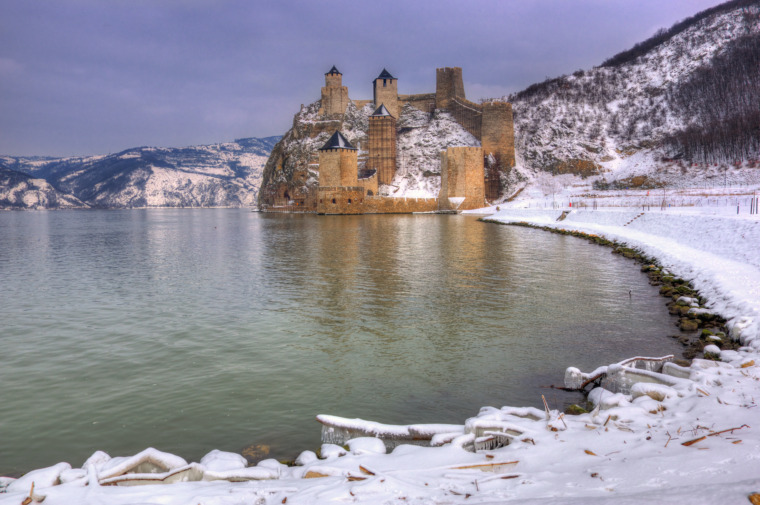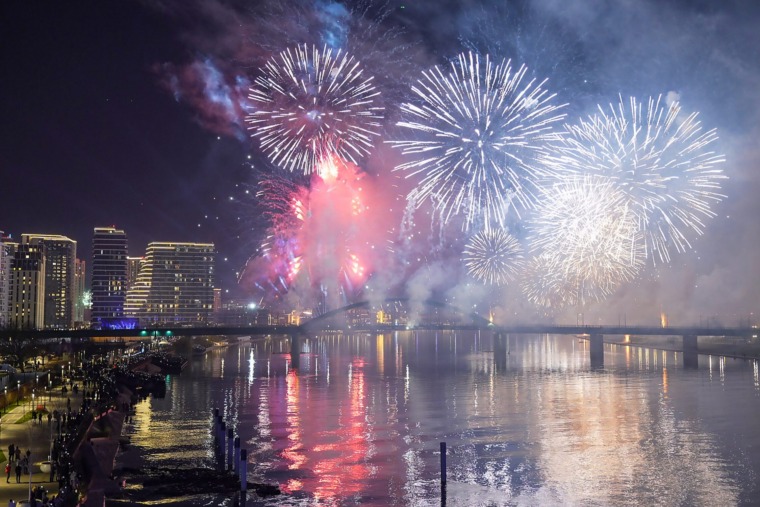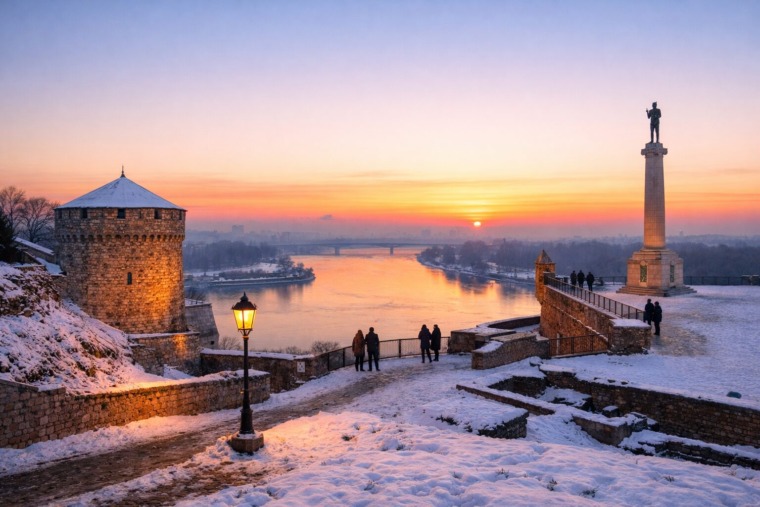
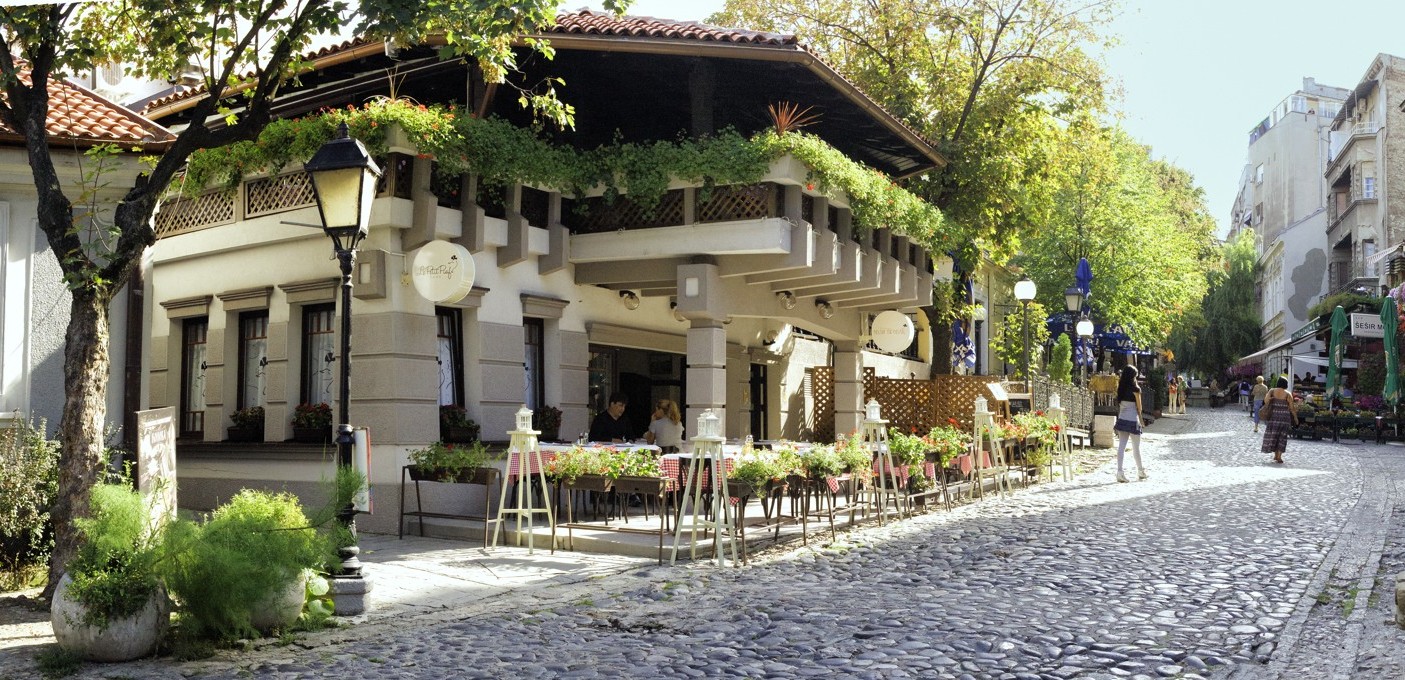
Tucked away in the heart of Belgrade, the charming cobblestone street of Skadarlija is more than just a relic of the past. It is the beating heart of the city’s bohemian soul, a place where history, culture, and art converge. Much like Montmartre in Paris, Skadarlija embodies the artistic and free-spirited essence of Serbia’s capital. Walking down this historic street feels like stepping into a time machine, where the modern rush of the city fades, and the vibrant bohemian spirit of the 19th century returns.
A Glimpse into History
Skadarlija, often referred to as the “bohemian quarter,” began its life as a humble settlement in the early 19th century. Originally inhabited by gypsies, the street soon became home to some of Serbia’s most influential artists, poets, and intellectuals. By the late 1800s, it had transformed into a hub for creative minds. Its cafes and taverns hosted endless debates, poetic recitations, and musical performances, making Skadarlija a center for cultural and artistic life in Belgrade.
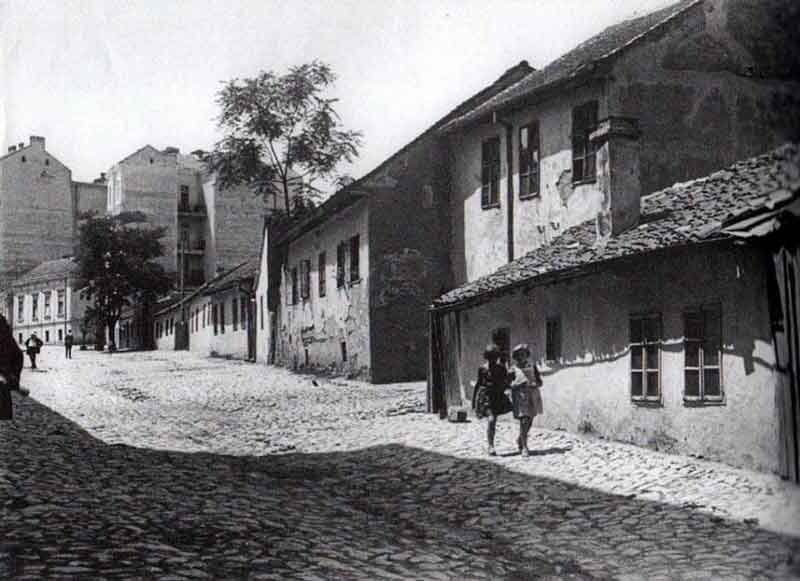
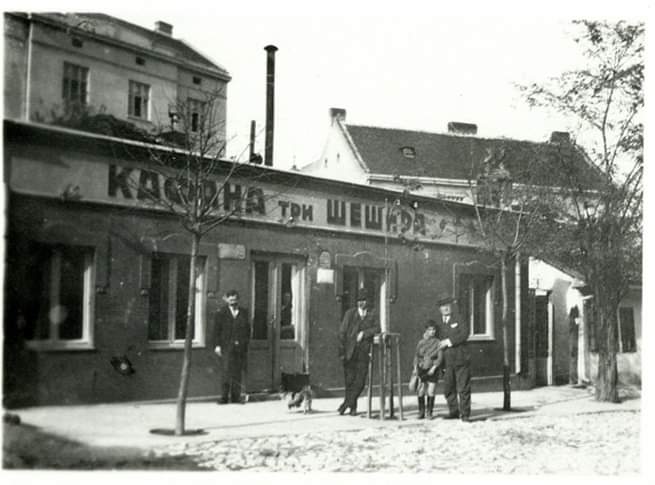
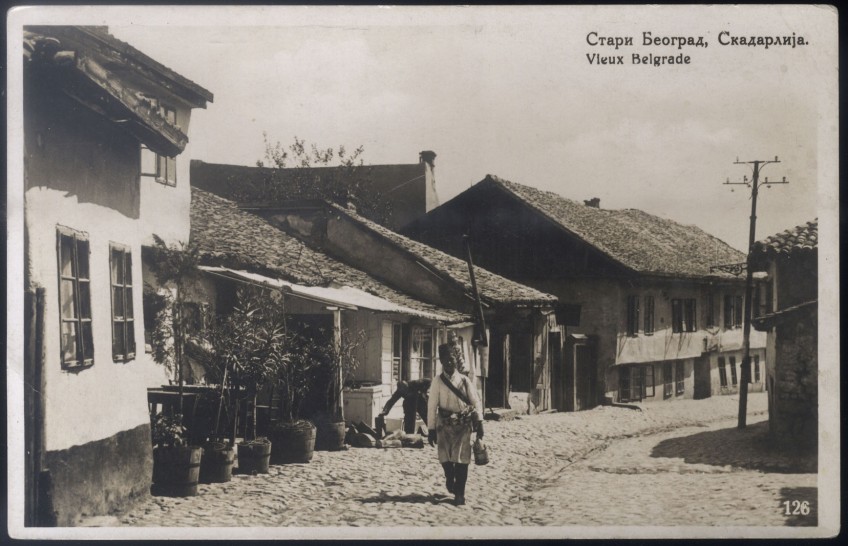
Many of the kafanas (tavernas) that became famous during Skadarlija’s golden age are still around today. Tri šešira (Three Hats), for example, was established in 1864 and remains a beloved spot for visitors and locals alike. These venues were frequented by famous Serbian writers and poets, such as Đura Jakšić and Jovan Jovanović Zmaj, whose presence still lingers in the alley’s atmosphere. Their works have deeply influenced Serbian culture, adding to the street’s legendary status.
The Bohemian Revival
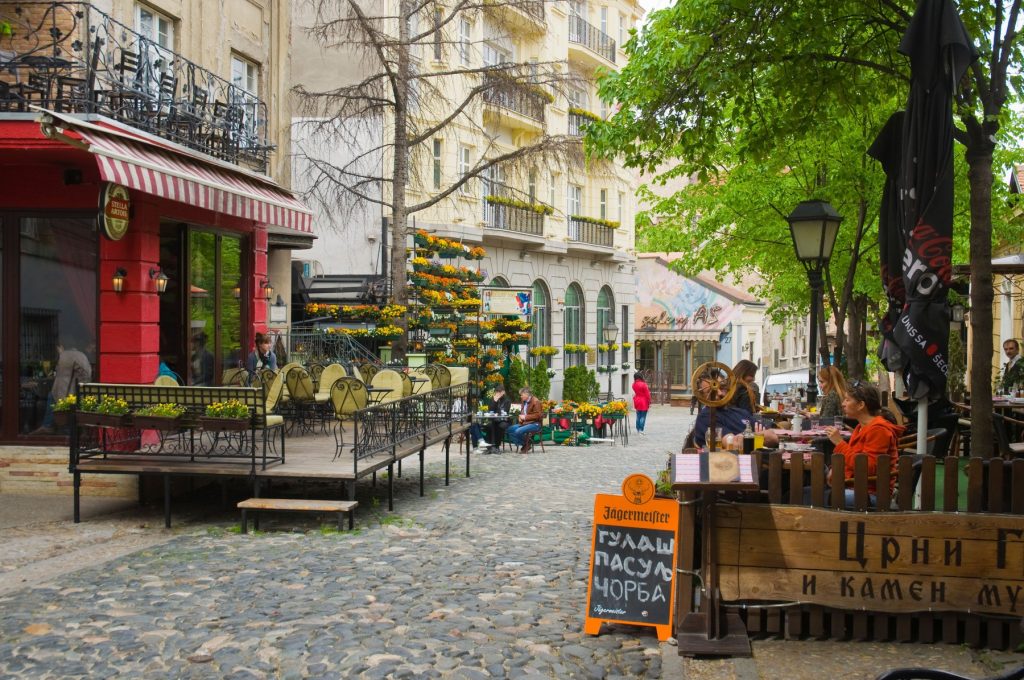
Though Skadarlija went through periods of decline during the early 20th century, the post-World War II era saw a revival of its bohemian spirit. Today, Skadarlija is one of Belgrade’s main tourist attractions, but it hasn’t lost its old-world charm.
Its cobbled streets, vintage lamp posts, and lush greenery create a picturesque setting that contrasts sharply with the modern city surrounding it. Many of the cafes and restaurants in the area have been carefully restored to maintain their original character, giving visitors a genuine taste of old Belgrade.
Skadarlija remains a place where tradition and creativity coexist. Artists still gather here to celebrate their craft, while traditional Serbian music, played live by local musicians, fills the air. The kafana culture is alive and well, where patrons enjoy hearty Serbian cuisine, rakija (a potent fruit brandy), and the kind of lively conversations that seem to flow as easily as the drinks.
The Spirit of Skadarlija Today
Skadarlija is more than just a tourist destination; it’s a living monument to Serbia’s cultural history. Many cultural events and festivals are held here throughout the year, celebrating everything from poetry to music and theater. The most famous of these is the Bohemian Nights festival, which brings the street’s rich heritage to life with reenactments, performances, and tributes to the artists who once walked its cobblestones.
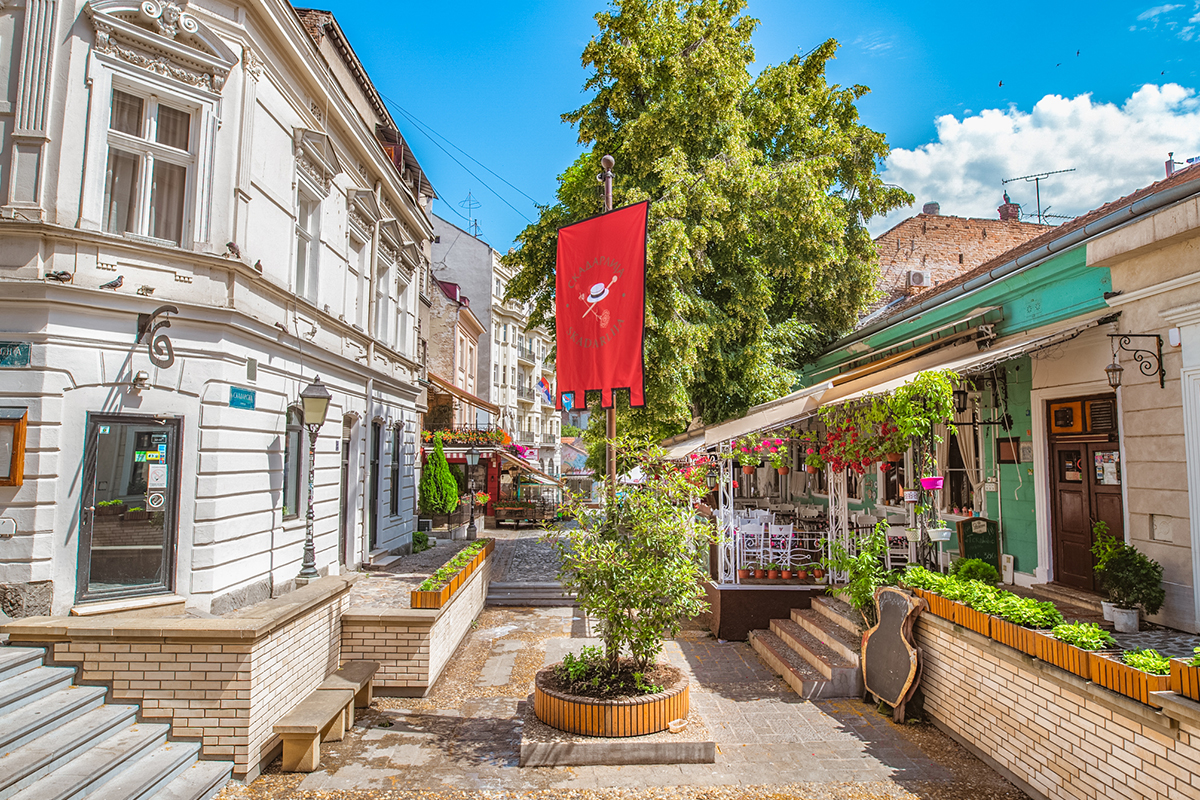
One of Skadarlija’s most captivating elements is its ability to transport visitors. It’s easy to imagine 19th-century poets passionately discussing their latest works in the soft glow of gas lanterns, or musicians playing traditional Serbian melodies late into the night. The atmosphere is both nostalgic and timeless, a reminder of the enduring power of art and culture to transcend time.
A Blend of Past and Present
While Skadarlija is rooted in history, it has also adapted to the times. Many modern establishments line the street today, offering a blend of the old and new. Some cafes now serve international dishes alongside traditional Serbian fare, and contemporary artists frequently showcase their work here. However, the street’s identity remains deeply tied to its past. Every restaurant, every building, every stone in the cobblestone road has a story to tell, adding layers to the rich tapestry that is Skadarlija.
What to Experience
When visiting Skadarlija, take time to savor the full experience. Dining at one of the historic kafanas is a must, where you can enjoy traditional Serbian dishes like ćevapi (grilled minced meat), sarma (cabbage rolls), and ajvar (a delicious red pepper spread). Be sure to pair your meal with rakija for an authentic taste of Serbian culture.
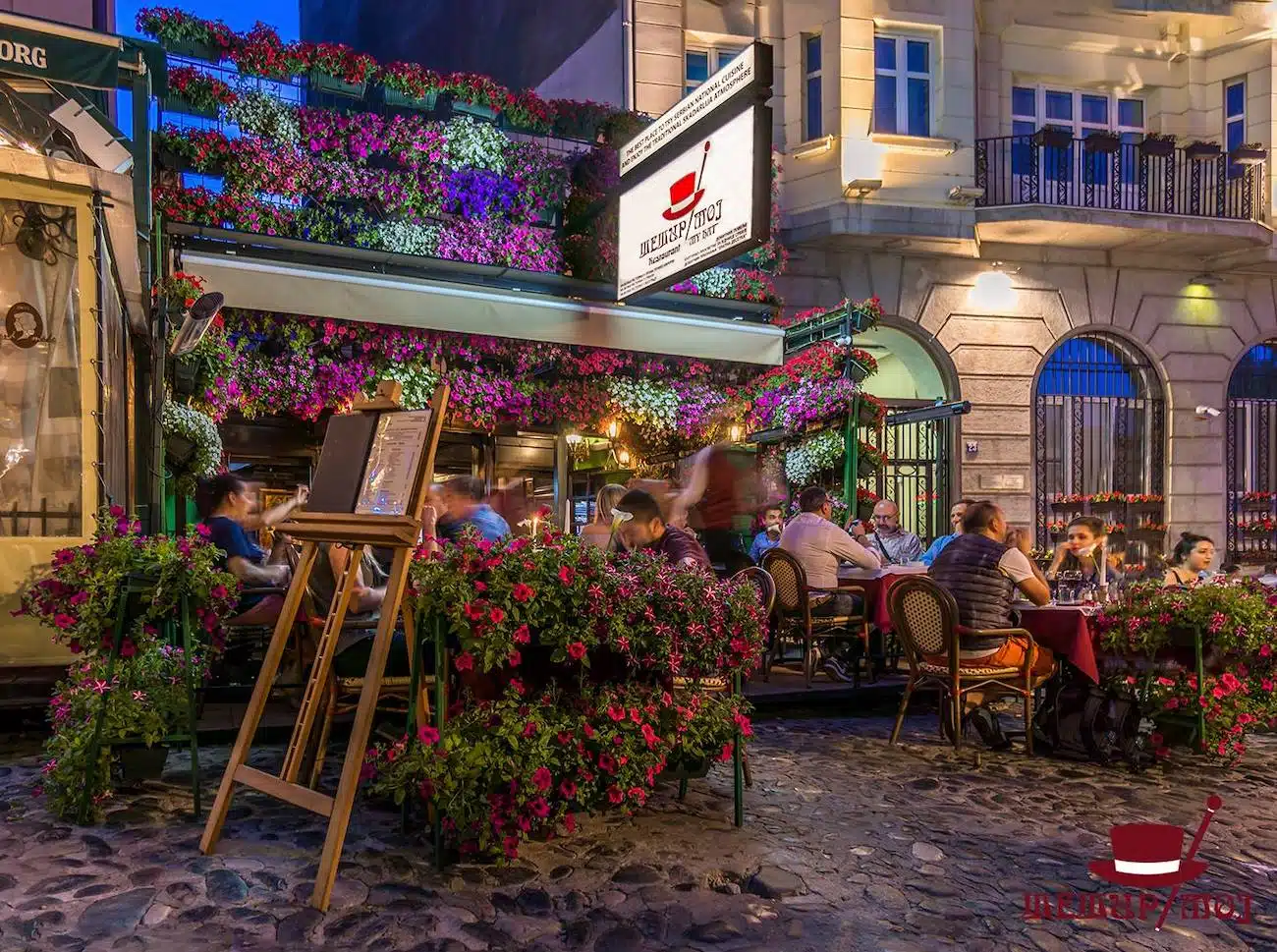
As you stroll down the street, pay attention to the art that adorns the walls, the old shops selling unique souvenirs, and the sound of live music drifting through the air. The Skadarlija House, a cultural center located along the street, often hosts exhibitions and performances that delve into Serbia’s rich artistic heritage.
Conclusion
Skadarlija is more than just a street; it’s an experience, a slice of Belgrade’s soul. It offers a glimpse into the city’s artistic and bohemian past, while still being very much alive and vibrant in the present. For those looking to immerse themselves in the spirit of Serbia’s capital, Skadarlija is an unforgettable journey into a world where history and culture intertwine in the most enchanting of ways.
So, whether you’re a curious traveler, a history buff, or an art lover, Skadarlija promises a journey that’s as poetic as the artists who once called it home.
Related Articles


Tourist Holiday Guide to Serbia: Tips, Traditions & What to Expect
December 20, 2025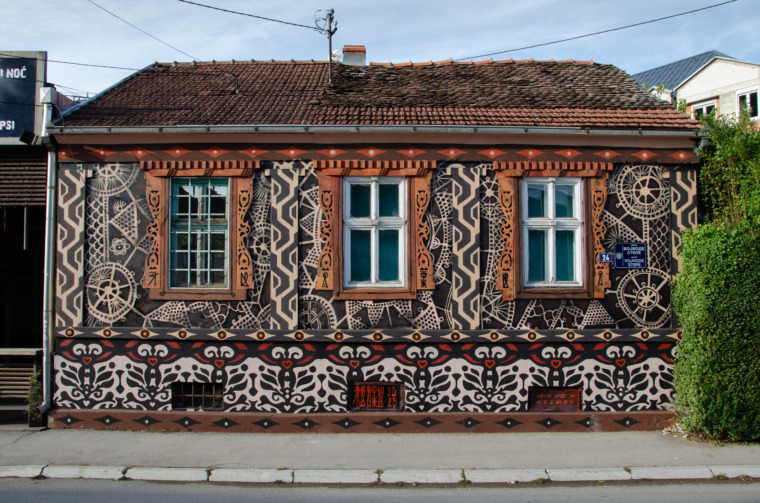
Čačak: Serbia’s Open-Air Gallery of Murals
December 19, 2025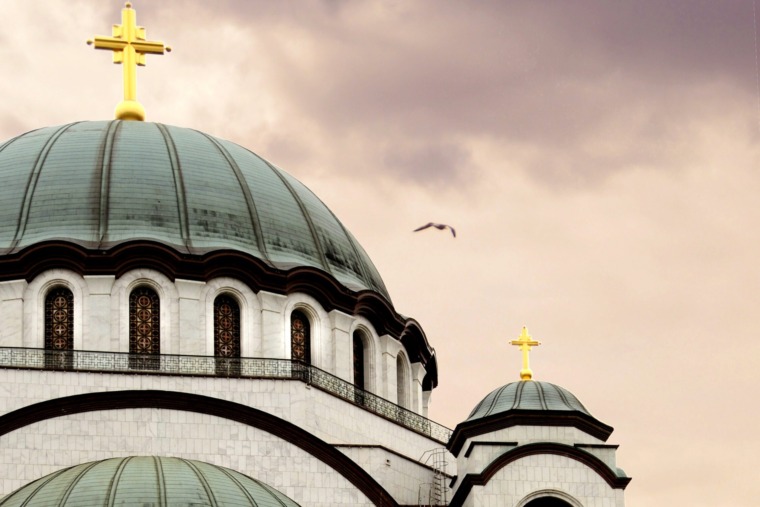
Belgrade: From Filming Location to Film Capital in the Making
December 18, 2025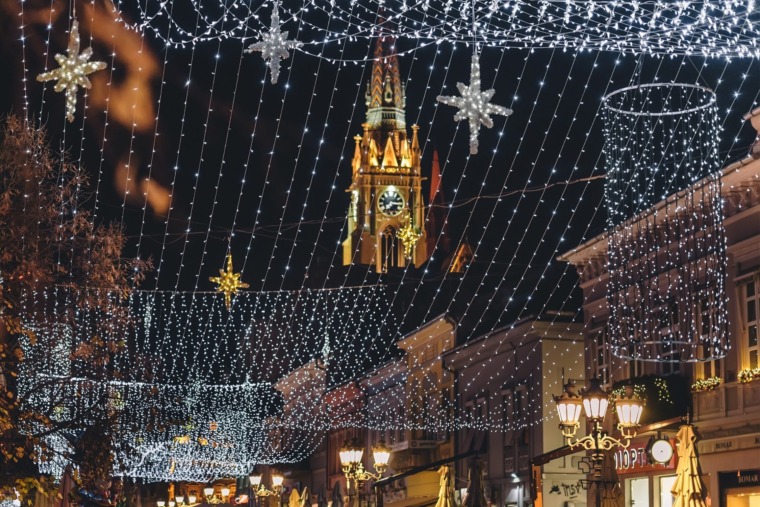
Snow-Free Serbia Travel Ideas for 2026
December 17, 2025
What to Do with Kids in Serbia: Family-Friendly Holiday Ideas
December 14, 2025

